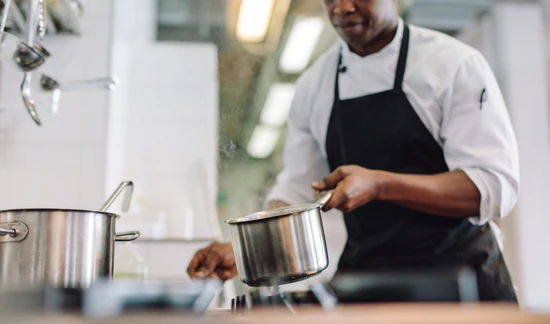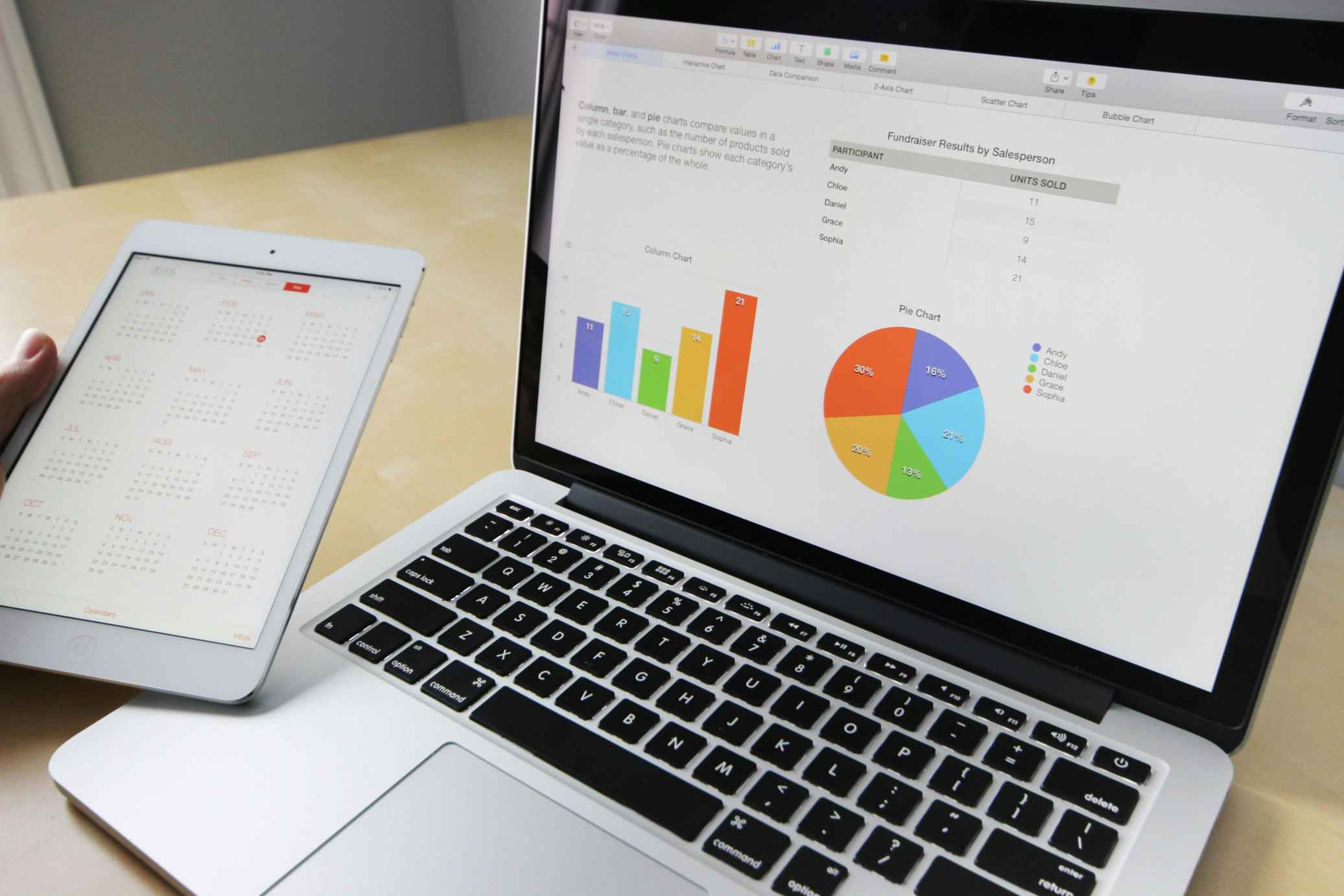Boiling is a simple yet versatile cooking method that has been used for centuries around the world. It involves putting food in water and allowing it to simmer/heat up until tender. “Boiling” usually occurs when the water reaches its boiling point of 212 degrees Fahrenheit.
Despite being so simple and ancient, boiling isn’t necessarily easy to do for most. So this article will act as a guide for you (because you probably do not know exactly how to).

The Proper Way to Boil Food
Boiling is one of the simplest and most common cooking methods. When done correctly, boiling allows you to prepare delicious and nutritious meals in a straightforward manner. However, there are some key steps to follow in order to boil food properly.
You’ll need the right pot
I always choose a heavy-bottomed saucepan for boiling. The thick, solid base distributes heat evenly to prevent hot spots that could cause scorching or burning. This helps ensure your food cooks through without any parts becoming over or underdone. The thickness also makes cleanup a breeze. Of course, the pot should be large enough to allow the food to move freely without crowding.
Add salt, oil, or butter to the water for flavor and texture
Most recipes will call for salting the boiling water, and with good reason. A pinch of salt enhances and deepens the flavor of whatever you’re cooking. You may also wish to add a drizzle of oil or pat of butter. This not only adds richness, but also helps prevent sticking or foaming. However, it’s worth noting that butter is best left out of boiling water, as it tends to burn before melting fully.
Bring water to full or slow boil
The speed at which you bring the water to a boil depends on what’s going in. For sturdier foods like pasta or potatoes, a rolling boil is ideal. But more delicate items benefit from a gentler approach – you can start heating with the food already in cold water, and slowly bring it up to temperature. This helps prevent damage. You can check here to learn more about how to boil the right way!
Throw in Your Ingredients
This step is really the easiest. All you have to do is throw in your ingredients. Though there is some things to watch out for. For instance, starchy foods like potatoes and pasta can be thrown into boiling water, while vegetables may work better differently; add them to cold water and raise it to a boil together. That’ll prevent loss of nutrients.
For example, if you’re boiling hot dogs, you might be asking ‘how long to boil hot dogs?’ The answer is usually around 5-7 minutes, but always check to ensure they’re heated through.
Drain water
The final step involves taking out the water. I try to do this when it’s cooled down a bit, not the minute it’s off the heat source. When fully cooked, drain the water away and serve your boiled dish hot. Any leftovers should be cooled, covered, and refrigerated promptly. Freezing portions is also a great option for easy reheating later.
Tips and tricks for boiling food faster and better
– Adjust cooking altitude for faster boiling
– Use less water for quicker heating
– Make water levels as shallow as possible
– Add vinegar or lemon juice to prevent discoloration
– Bring water to a boil in a kettle before adding to pot
– Parboil or blanch foods before full cooking
– Add baking soda to water for faster vegetable cooking
– Stir food occasionally for even cooking
– Remove lid once boiling to allow steam to escape
Boiled food vs steamed food – which is more healthy?
Whether boiled or steamed, both methods allow you to prepare foods without adding excessive fat or oil, making them generally healthy options. While boiling gets the job done quickly and efficiently, some of the water-soluble vitamins and minerals have a tendency to slip into the surrounding cooking liquid. Unless that liquid is consumed, those dissolved nutrients go down the drain.
Steaming on the other hand, keeps foods up and away from direct contact with water below. This prevents nutrients from leaching out in the first place.
Overall flavor tends to be richer when steaming as well. Without becoming diluted in boiling water, the natural tastes have room to shine through. The heat distributes evenly and the food cooks through much like it would above a simmering pot.
Conclusion
By now, you should be able to boil any food you crave, without the fear of messing up. And as one of the best and healthiest methods of cooking, you will lead a healthy lifestyle consuming boiled foods.



